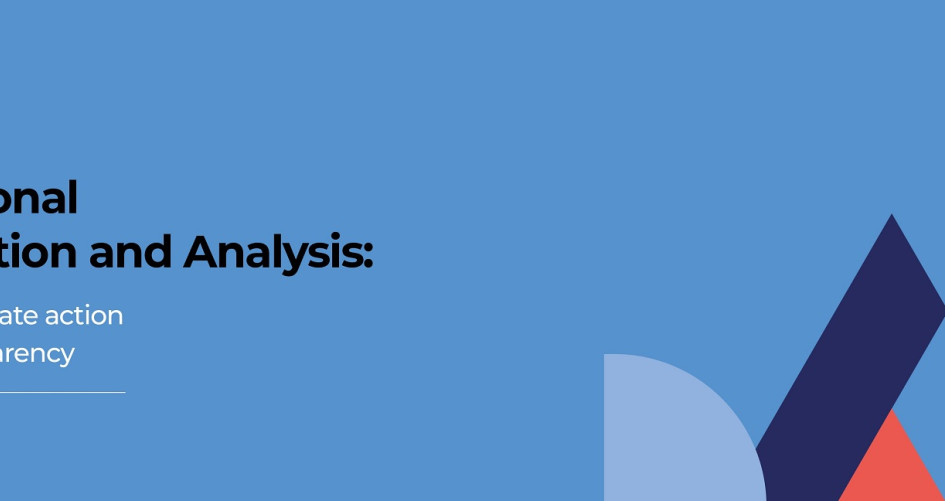The transparency arrangements under the UNFCCC has evolved over the past two decades. Established by the landmark Cancun Agreements in 2010, with operational guidance adopted in Durban in 2011, the international consultation and analysis (ICA) process represents a significant step forward in increasing the transparency of climate actions of developing countries.
Since its launch in 2015, the ICA process has made significant progress in advancing the transparency of climate action. Developing country Parties have been providing national reports more frequently, and engaging in the international process to have them analysed in a transparent manner. The transparent reporting and analysis facilitated by this process build trust and confidence among Parties and enable them to make informed decisions and garner support for climate action.
The ICA process provides an essential learning opportunity for developing countries in preparing for the transition to the enhanced transparency framework (ETF) under the Paris Agreement, as it can help them assess their level of readiness and steer further development of their national capacity. It is crucial for Parties to engage in the ICA process at least once before the full transition to the ETF.
Expand the sections below to see highlights from each chapter.

